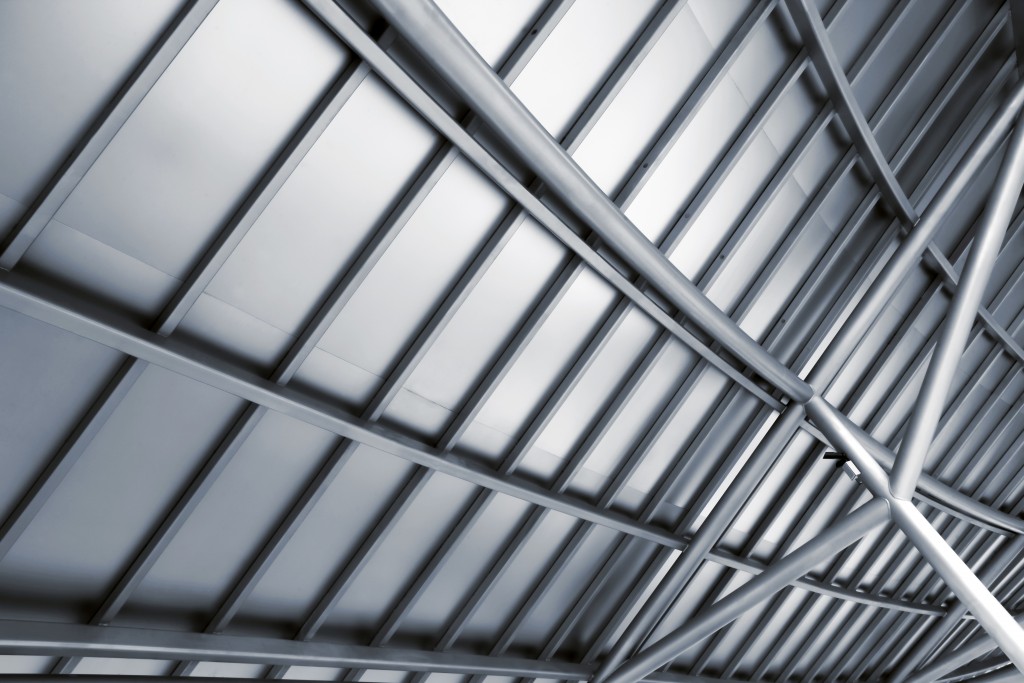There are around 3,500 grades of steel available today. These encompass different environmental, chemical, and physical properties that make them best-suited for various applications. In the piping industry, steel pipes are strong and durable. Moreover, steel is highly corrosion-resistant and can withstand high velocity and pressure.
Not all types of steel piping in shops dealing with metal products in Utah, however, are equal. You will only get the best steel pipes for your application when you are well-versed in what the different types offer and how they suit your intended use. Here’s some information to broaden your knowledge in the types of steel used in the piping sector.
Carbon Steel
Materials containing iron are considered carbon steel when their core compositions include less than 0.6% silicon, 1.65% manganese, and 0.6% copper. The minimum content for other alloying elements is unspecified. Carbon steel pipes are relatively inexpensive and are the most common ones in the piping sector, making up about 90% of the products. They are, however, not as resistant to extreme pressure and temperature owing to their lack of alloying elements.
The pipes are further categorized into low, medium, and high carbon steel pipes. Low carbon steel comprises 0.04 to 0.30% carbon and comes in a broad range of shapes ranging from structural beam to flat sheet. Medium carbon steel is stronger compared to low carbon steel pipes and is often tempered and hardened using heat treatment.
Alloy Steel
This comprises specified quantities of alloying elements for the manipulation of steel properties. The standard features manipulated include formability, weldability, ductility, corrosion resistance, hardness, and strength. The common alloying elements used are chromium, manganese, copper, silicon, molybdenum, and nickel.
High-alloy steel types are among the most popular in the industry since they can hold up to rough use. Alloy steel pipes are the leading ones for the oil and gas industry too because their corrosion resistance can be increased to suit this sector.
Stainless Steel
The term “stainless steel” denotes the fact that pipes made from it will not rust. Stainless steel comprises 10 to 20% chromium as its primary alloying element. The other alloys often used in stainless steel are molybdenum, nickel, silicon, and manganese. These interact with air and water to create a thin yet strong film over steel to avert your pipe’s corrosion. Stainless steel pipes are further classified into austenitic, ferritic, and martensitic steels.
Tool Steel

This is also called a superalloy. Though it is tough, malleable, and corrosion-resistant, tool steel is not often used for making pipes. This is because the high concentration of alloying elements and precise heat treatment make it expensive to produce, which, in turn, increases the price of its pipes. The alloying elements in tool steel also make it hard to cut and shape.
The metallurgy and chemistry of steel production can be challenging for an ordinary person to grasp. The above information is meant to make the process of picking the right steel for your pipes easy. To guarantee the best steel pipes, opt for a dealer who stocks stellar inventory.

